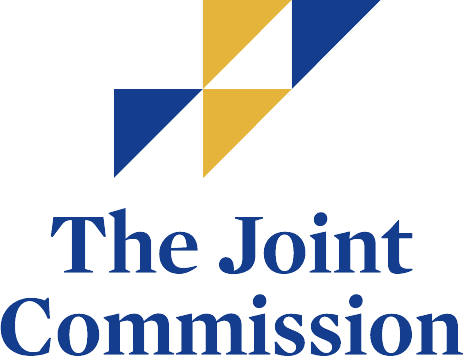Naloxone stands as a beacon of hope amidst the devastating opioid epidemic, swiftly reversing the life-threatening effects of an opioid overdose. This potent opioid antagonist has become indispensable for first responders, healthcare professionals, and families striving to save lives and combat the rising tide of opioid-related fatalities.
If you or a loved one struggles with addiction, exploring facts about naloxone could save your or your loved one’s life in the event of an overdose. Furthermore, learning about addiction treatment options can offer a lifeline to recovery and the opportunity to embark on a journey toward a healthier, sober life.
Fast Facts About Naloxone
- Naloxone can reverse life-threatening symptoms of an opioid overdose and restore normal breathing.
- Opioid overdoses that can be treated with naloxone include heroin, fentanyl, and prescription pain relievers.
- Naloxone works by binding to opioid receptors and blocking the effects of other opioids.
- In the event of an overdose, naloxone can be administered via injection or nasal spray.
- In Arizona, you can purchase naloxone from pharmacies without a prescription.
Commonly Asked Questions
What’s the difference between naloxone and naltrexone?
Naloxone and naltrexone are both opioid antagonists, but they have different purposes. Naloxone is primarily used as an emergency treatment for opioid overdose, while naltrexone is used for long-term management of opioid and alcohol dependence. Naloxone rapidly reverses overdose effects, while naltrexone helps prevent relapse and reduce cravings.
What is naloxone used for?
Naloxone is used in emergencies to treat opioid overdoses, which can be life-threatening. It is administered via an injection or a nasal spray. Naloxone rapidly reverses opioid effects, restoring normal breathing and consciousness.
How do you pronounce naloxone?
Naloxone is pronounced nuh-laak-sown.
Naloxone Side Effects
Naloxone side effects are rare and generally minor. However, naloxone use can cause patients to experience opioid withdrawal symptoms. These symptoms can vary by the type of opioid they used but may include:
- Body aches and muscle pain
- Dizziness
- Weakness
- Feeling irritable or restless
- Stomach pain or diarrhea
- Nausea or vomiting
- Fever
- Chills
- Runny nose
It is important to note that these side effects are outweighed by the potentially life-saving benefits of naloxone administration during an opioid overdose.
Overcoming Addiction
By learning these facts about naloxone, you can take steps to help yourself or your loved one in the event of an opioid overdose. Naloxone is a non-addictive medication that plays a crucial role in saving lives during overdoses. However, it is not a long-term treatment for opioid addiction.
If you or someone you know is struggling with opioid addiction, seeking professional help is essential. At Buena Vista Recovery, we offer comprehensive, patient-focused addiction treatment programs addressing addiction’s physical, emotional, and psychological aspects.
Our team of experienced professionals is dedicated to helping patients on the path toward lasting recovery and a brighter future. Contact Buena Vista today to take the first step toward healing and renewed hope.



